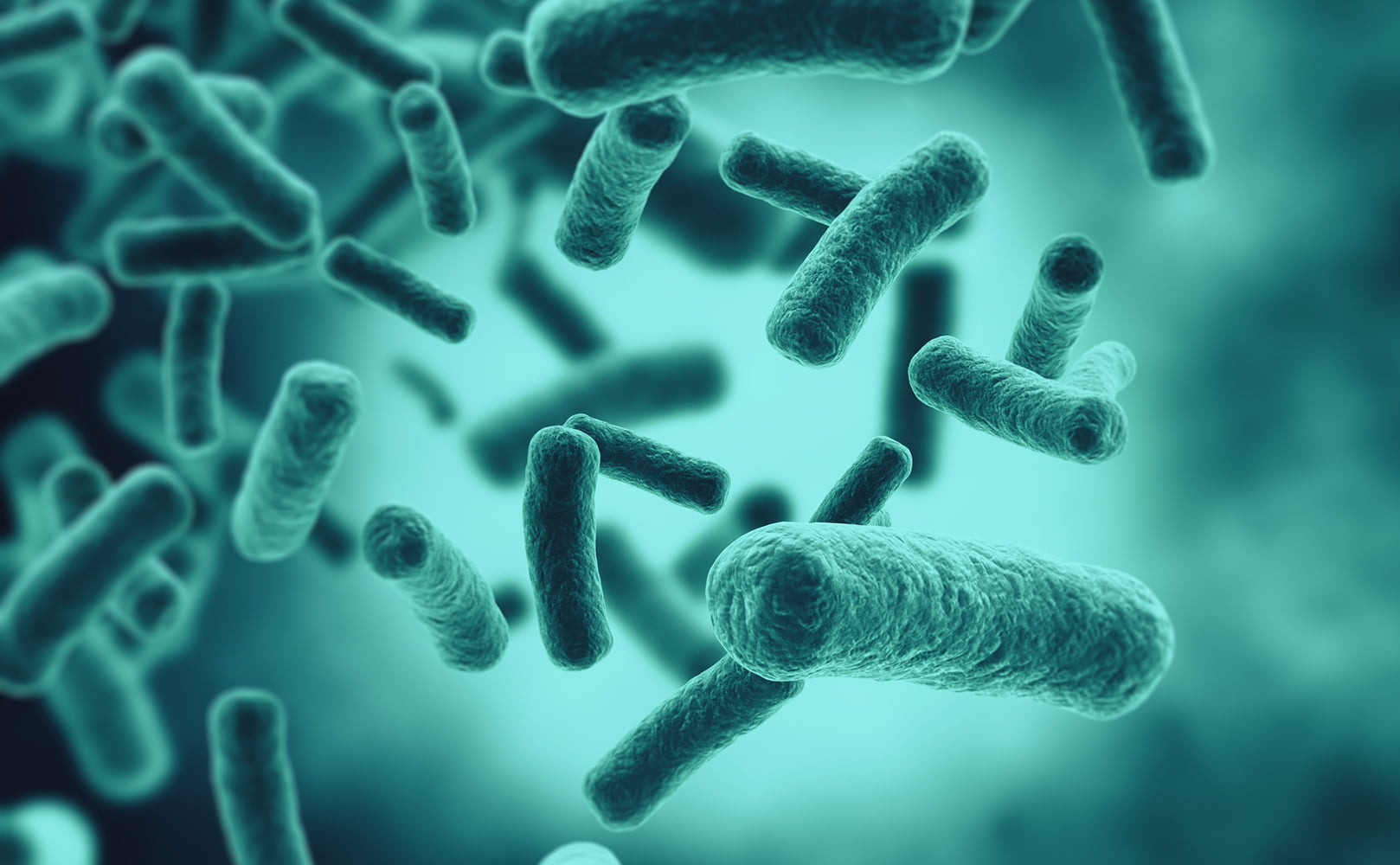Do UV Water Purifiers Really Work? How Effective Is UV Water Treatment?
Written by: Alexandra Uta // Last Updated: Dec 14, 2022
This page may contain affiliate links. If you buy a product or service through such a link we earn a commission at no extra cost to you. Learn more.
Water disinfection using UV light can cause a little skepticism. After all, how does something as simple as a UV bulb neutralize potentially deadly bacteria and viruses in water?
Wouldn’t you need a bunch of chemicals for that?
In this article, we will answer if UV water filters really work and if they are effective at disinfecting water.
Key Takeaways
- Yes, UV water purifiers do really work.
- UV water purifiers are an extremely safe and effective method of water disinfection.
- UV light is deadly to most pathogens when they are exposed to it for the right amount of time.
- UV water treatment is faster and more effective than shock chlorination.
Do UV Water Purifiers Really Work? Can UV Light Purify Water?
So, do UV water purifiers really work?
Absolutely yes. In fact, they are 99.9999% effective at water sterilization, providing adequate pre-filtration is used and the system is properly maintained.
How Does UV Water Filtration Work?
UV light is deadly to most microorganisms provided they are exposed to it for a long enough time. Exposure to UV rays of 254 nm wavelength scrambles the DNA of pathogens and stops them from being able to replicate and cause disease.
A UV water purification unit will send water moving through the encasing chamber that surrounds a strong UV light, whenever you turn on your faucet. This will be long enough to expose any pathogens in the water to a lethal dose of UV radiation.
Why Use a UV Water Purifier? What Does It Remove?
UV disinfection is extremely effective at sanitizing water from any harmful microorganisms. However, it does not remove anything from the water itself and will not change the clarity, taste, or smell of your source water at all.
So if your water contains chemicals, salts, metals, and sediment etc., you will need to install other water treatment equipment in order to have them removed.
In fact, your water should be clear enough for the UV light to be able to penetrate it properly. In other words, to install pre-filtration to remove dirt and other stuff from your water before it reaches the UV purification system.
Once the pre-filtered water is treated with the UV, it’s effectively sanitized, which means your water is completely safe to drink without the fear of becoming ill from waterborne pathogens.
How Effective Is UV Light Water Treatment?
This comes down to the proper selection of the right UV purifier for your water supply, pre-filtration, and regular, effective maintenance. If these factors are adhered to, then your UV light system will be up to 99.9999% effective.
Water may also need to be softened, as hard water can cause the quartz sleeve in your purifier to fog much faster than usual, requiring it to need maintenance more frequently.
Water Conditions
Be sure to have your water tested to make sure it is within the following:
- Water hardness lower than 7 gpg
- Iron lower than 0.3 ppm
- Tannins lower than 0.1 ppm
- Manganese lower than 0.05 ppm
- Turbidity levels lower than 1 NTU
Improper pre-filtration means your purifier will not kill all of the pathogens in your water, and it puts you at risk of becoming ill. Murky water causes ‘shadowing’, where UV light cannot penetrate the water properly, causing it to miss some of the germs.
Different Types of Microorganisms
The applied UV dose measures the UV output of the lamp with the total time the water is in contact with it (UV dose = UV intensity x time). It is usually expressed in mJ/cm².
Different kinds of microorganisms are killed at different UV doses. A minimum of 16 mJ/cm² is recommended for water that is considered relatively safe, such as municipal water.
If you are looking to target certain viruses found in lakes and rivers, 40 mJ/cm² is what you would need for a 4-log reduction or 99.99% disinfection rate.
As a general rule, bacteria are neutralized at lower doses, while viruses need a much higher dose. For example, a vibrio cholerae bacterium is neutralized at a UV dose of 2.9 mJ/cm², whereas the Rotavirus SA11 needs 36 mJ/cm².
Knowing the likely contaminants in your water supply will help you determine the UV dose you need your system to be able to put out.
Advantages and Disadvantages of Ultraviolet Light Water Purification
Advantages
- Consistently high rate of disinfection, beaten by few methods on the market. Most purifiers kill 99.99% or more of disease-causing pathogens in the water.
- Chemical-free process, leaving no residue and not altering the taste or smell of the water.
- Does not change the smell, taste, or clarity of the water. The composition of the water is not at all affected.
- Cost-effective. Not only is the UV bulb energy efficient, but maintenance is inexpensive and can be done by yourself at home.
- Non-waste-producing and eco-friendly, leaving no residue in the water.
- Simple and easy to operate.
- Works instantly, you do not have to let the water sit for a long time in order for it to be sanitized.
- Compact design which takes up very little space
- FDA-approved and tested extensively.
Disadvantages
- Doesn’t remove contaminants and suspended particles, only kills microorganisms.
- Doesn’t improve water taste, smell, or clarity.
- Requires consistently running electricity to function effectively. If the power supply is lost, it will stop sanitizing water immediately.
- The performance of a UV water purifier is affected by the purity of the source water. Suspended particles can block UV light, allowing some microorganisms to pass through the purifier unharmed.
- Hard water requires additional treatment, or the quartz glass sleeve will have to be replaced more frequently.
- If you haven’t used water in your home for a while, it might come out a little warmer than normal after turning on the faucet.
UV Water Treatment vs Chlorination
Before UV water treatment, shock chlorination was the primary method for disinfecting water. While it is effective and cheap, there are some pathogens that are resistant to this treatment, such as Giardia.
It also alters the smell and taste of your water supply, whereas UV water purification does not.
Chlorination of water is also suspected of contributing to resistant microorganisms, with a risk that over time, shock chlorination will be less and less effective. UV water treatment is a much better long-term solution.
If you have any thoughts about the question, does UV light purify water, please don’t hesitate to leave a comment below!
Information provided on BOS is for educational purposes only. The products and services we review may not be right for your individual circumstances.
We adhere to strict editorial guidelines. Rest assured, the opinions expressed have not been provided, reviewed, or otherwise endorsed by our partners – they are unbiased, independent, and the author’s alone. Our licensed experts fact-check all content for accuracy. It is accurate as of the date posted and to the best of our knowledge.



